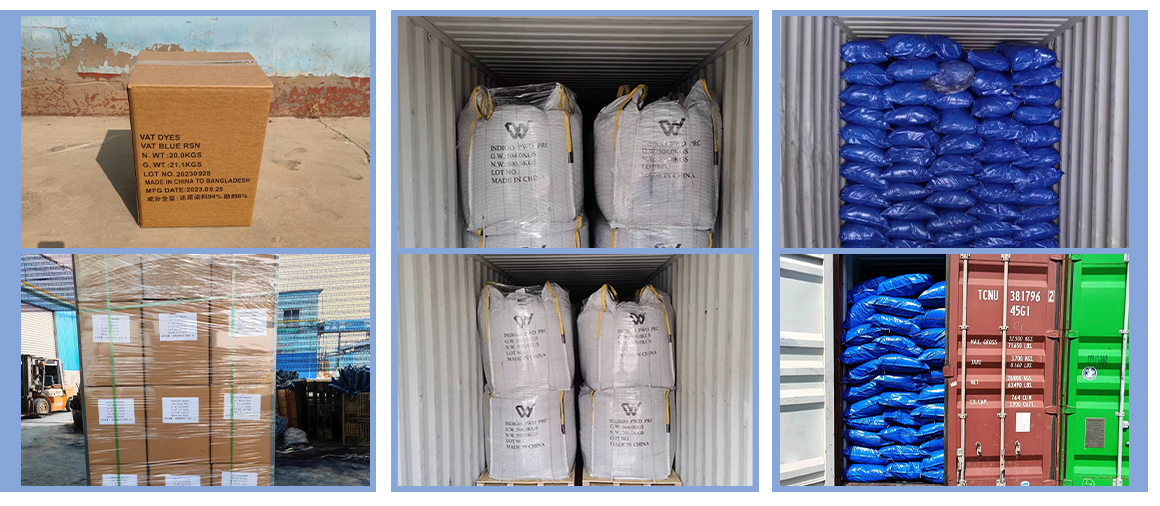Suppliers of Sulfur Dyes for Various Textile Applications and Industries
Sulfur Dyes Suppliers A Comprehensive Overview
Sulfur dyes, known for their wide range of colors and excellent fastness properties, have become an essential part of the textile industry. These dyes are primarily used for coloring cotton and other cellulose fibers due to their low cost and ease of application. As the demand for such dyes increases globally, suppliers have emerged as crucial players in ensuring the availability and sustainability of these products. This article delves into the characteristics of sulfur dyes, their applications, and the significance of suppliers in the industry.
What Are Sulfur Dyes?
Sulfur dyes are a class of dyes that contain sulfur in their molecular structure. They are formed through a reaction of sulfur with organic compounds, resulting in various colored compounds that can effectively bond with cellulose fibers. One of the primary advantages of sulfur dyes is their ability to produce deep and vibrant hues. Additionally, they offer excellent wash and light fastness, making them ideal for use in clothing and home textiles.
The dyeing process with sulfur dyes involves reducing the dye to a soluble state, typically using sodium sulfide or sodium bisulfite. Once the dye is applied to the fabric, it is oxidized back to its original form in the presence of oxygen, forming a stable bond with the fibers. This two-step process requires careful monitoring and control, making the expertise of suppliers particularly valuable.
Key Applications
Sulfur dyes find versatile applications in various sectors beyond traditional textiles. They are commonly used in the dyeing of denim, where the striking blue shades produced by sulfur dyes complement the rugged style of denim fabric. Additionally, sulfur dyes are employed in the production of carpets, upholstery, and industrial textiles, where durability and color fastness are paramount.
sulfur dyes suppliers

Moreover, the growing trend for eco-friendliness and sustainable practices has led to an increased interest in sulfur dyes. Many suppliers are focusing on developing non-toxic, environmentally safe dye options that align with global sustainability standards. This shift not only meets consumer demand but also complies with stringent regulations governing chemical use in textiles.
The Role of Suppliers
Sulfur dyes suppliers play a crucial role in facilitating the availability of these essential dyeing materials. They serve as the bridge between manufacturers and end-users, ensuring quality, consistency, and timely delivery of products. These suppliers often possess deep industry knowledge and are capable of advising clients on the best dyeing practices and the appropriate selection of colors for specific applications.
Moreover, many suppliers are investing in research and development to enhance the properties of sulfur dyes. This includes improving the solubility of dyes, developing new color shades, and creating environmentally friendly alternatives. Suppliers that prioritize innovation can offer a competitive edge in an ever-evolving market.
Conclusion
The market for sulfur dyes is dynamic and continues to grow in response to changing consumer preferences and technological advancements. Suppliers of sulfur dyes play an indispensable role in this ecosystem, providing not only the products needed but also the expertise to ensure successful dyeing processes. As the industry moves toward more sustainable practices, suppliers who embrace innovation and eco-friendly solutions will likely thrive in the competitive landscape.
For businesses in the textile industry, finding a reliable supplier is essential to maintaining quality and meeting the demands of today's market. The ongoing collaboration between manufacturers and suppliers will undeniably shape the future of sulfur dyes, leading to improved products and more sustainable textile solutions.
-
Sulphur Black Dyes in Daily Use
NewsMay.07,2025
-
Indigo Dyeing for Daily Life
NewsMay.07,2025
-
Indigo Dye Production and Its Growing Demand
NewsMay.07,2025
-
Color That Lasts
NewsMay.07,2025
-
Bromo Indigo for Modern Use
NewsMay.07,2025
-
Blue From Nature
NewsMay.07,2025
-
The Timeless Color in Fashion and Textiles
NewsApr.10,2025

Sulphur Black
1.Name: sulphur black; Sulfur Black; Sulphur Black 1;
2.Structure formula:
3.Molecule formula: C6H4N2O5
4.CAS No.: 1326-82-5
5.HS code: 32041911
6.Product specification:Appearance:black phosphorus flakes; black liquid

Bromo Indigo; Vat Bromo-Indigo; C.I.Vat Blue 5
1.Name: Bromo indigo; Vat bromo-indigo; C.I.Vat blue 5;
2.Structure formula:
3.Molecule formula: C16H6Br4N2O2
4.CAS No.: 2475-31-2
5.HS code: 3204151000 6.Major usage and instruction: Be mainly used to dye cotton fabrics.

Indigo Blue Vat Blue
1.Name: indigo blue,vat blue 1,
2.Structure formula:
3.Molecule formula: C16H10N2O2
4.. CAS No.: 482-89-3
5.Molecule weight: 262.62
6.HS code: 3204151000
7.Major usage and instruction: Be mainly used to dye cotton fabrics.

